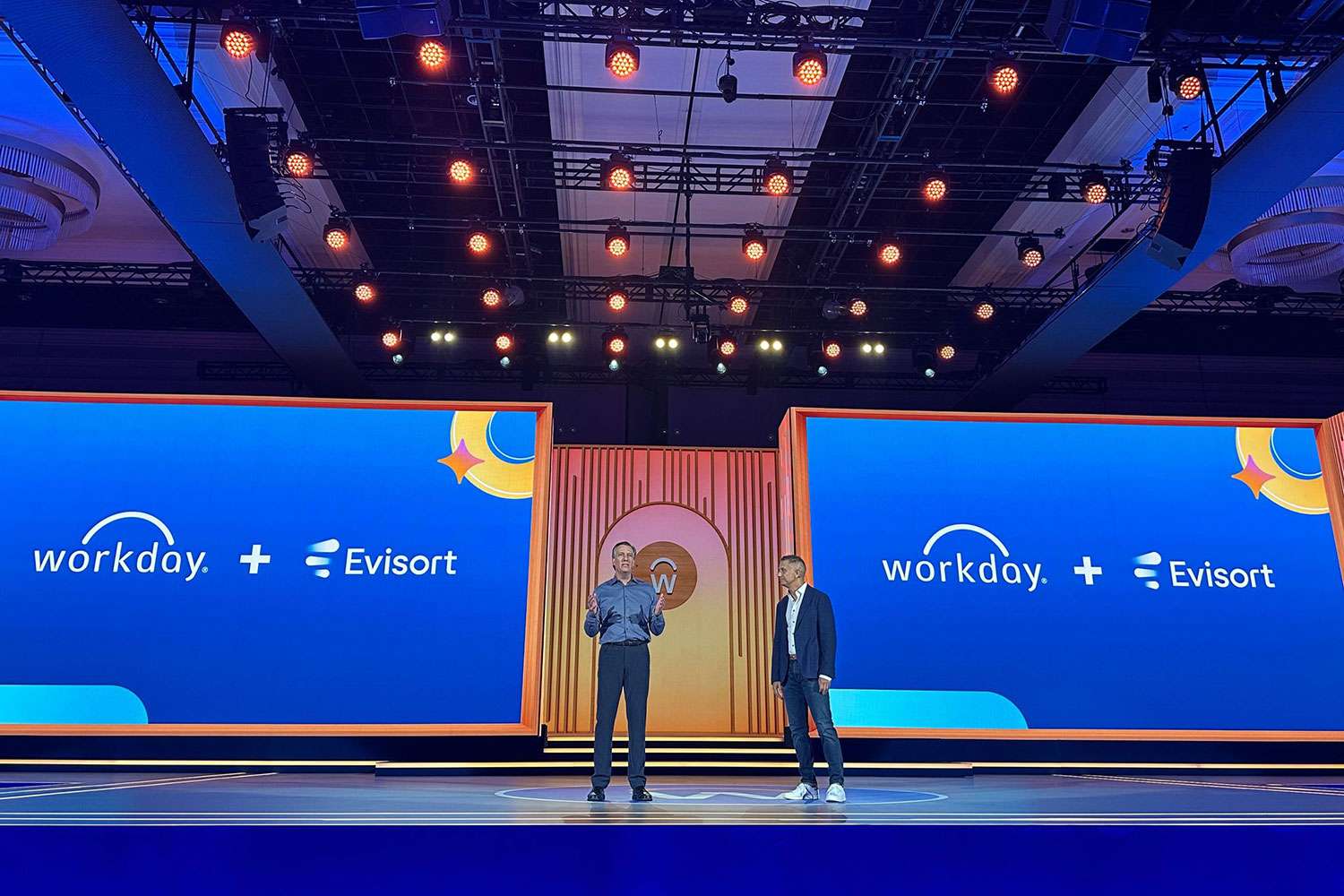How Your Organization Can Benefit From AWS Cost Optimization

Most organizations treat cost optimization as a priority. Whether it’s a large corporation or a small startup, companies always look for new ways to reduce costs and increase ROI. Amazon Web Services (AWS) allows users to control expenses while they optimize the allocation of critical resources. Users can take advantage of countless configuration options to meet their AWS cost optimization goals. However, it can take years of specialized experience for IT teams to unlock the platform’s full potential.
AWS cost optimization capabilities include EC2 Spot Instances, Reserved Instances (RI’s), Compute Savings Plans, automation, and machine learning. The advanced tools that rely on these technologies can significantly transform AWS’s cost and operational structure for clients worldwide. This, in turn, can boost cash flow and contribute to financial health and longevity.
Managed services partners can simplify the getting-started process. They help companies determine the best configurations to meet their needs and ensure they’re adequately prepared for AWS. These partners can provide visibility into resource waste, work with companies to match capacity to demand, and help them choose the most cost-effective pricing models.
A managed services partner can also deploy other suggested improvements to optimize systems, which makes it easier for companies to realize their cost-optimization goals. The best ones go well beyond this to ensure continued support for their clients for years following the initial launch date.
Understanding AWS Cost Optimization
Managers can divide business costs into fixed and variable costs. Companies can reduce fixed costs if they look for new vendors or seek alternative solutions, but there is typically very little leeway. Meanwhile, variable costs allow for more control. Managers can adjust raw materials, utilities, storage, and other costs that vary with production. AWS costs are no exception.
AWS has an impressive pricing strategy. For example, storage pricing depends primarily on the type of storage. Storage options also depend on more than just how much space a company needs. Compliance requirements, internal policies, and business preferences also play a role. Take a closer look at some additional storage cost factors:
- Storage Class: Each storage class offers different levels of durability and availability. To save more, companies can select the best option for their current workloads.
- Data Storage Region: Organizations can store data in one of more than 21 regions around the world. The closer to one’s core customers, the better. The location itself can also make a difference.
- Level of Redundancy: Amazon replicates data to ensure regular and reliable backups. Companies can determine how many backups they need for specific buckets of data and thereby reduce redundancy.
- The Volume of Data Stored: Consider the amount of data stored on AWS and other cloud providers. Companies can pay for more services or upgrade from one plan to another.
- Data Transfer: Data transfers determine the cost to stream and download data. Companies can reduce costs by minimizing their need for these services.
- Data Requests: AWS recognizes several types of data requests, such as COPY, PUT and GET.
- Data Retrieval: AWS storage classes also determine retrieval costs. Companies can pay for one-time recoveries or an ongoing subscription, depending on their needs.
Choose The Correct Pricing Models
Amazon offers a wide range of pricing models to compliment the storage the features above which can, configured properly, further reduce EC2, RDS, Redshift, ElastiCache, Elasticsearch, Fargate and Lambda costs. It recommends three main models that reduce costs across data storage types:
EC2 Spot Instances
Organizations can save up to 90% if they use this model over the equivalent on-demand option. However, before signing up, they must consider factors like workloads and bid prices. Amazon recommends this option for applications that require scalability, flexibility, and fault tolerance. Examples include high-performance computing and big data.
Reserved Instances
Amazon estimates companies can save up to 72% if they use this pricing model over the equivalent. It recommends that IT teams review their Elasticsearch, ElasticCache, Redshift, and RDS usage before they narrow down their options. That’s because the pricing model has three subcategories:
- NURI or no upfront payments
- PURI or partial upfront payments
- AURI or all upfront payments
Savings Plans
This is another way to save up to 72% compared to equivalent options. Companies receive an automatic discount once they sign up for this pricing model. However, there are several factors they must consider when they calculate whether it will benefit the organization. These include tenancy, size, family, and OS.
Match Capacity to Demand
IT teams can use AWS reports to determine idle or underutilized instances. They can then optimize costs if they eliminate, downsize, or reduce these. AWS facilitates the automation of this process so that companies can also achieve AWS cost optimization at the labor cost level.
Investigate and Resolve Resource Waste
Wastage is the most costly component of any business operation. It typically brings in no returns while it uses up company resources. IT teams can use these three main strategies to identify and resolve waste:
Identify Amazon EBS Volumes
AWS provides a Trusted Advisor Underutilized Amazon EBS Volumes Check tool to help companies identify very low activity. It can take snapshots and then delete the data to conserve resources.
Delete Idle Load Balancers
Ideal loads include balances with seven-day RequestCounts of under 100. IT teams can delete these load balances to free up space and reduce AWS expenses.
Use Lower-Cost Storage Options
IT teams can use S3 Analytics to review what data the company accesses regularly versus infrequently. They can also automate the downgrading of infrequently-accessed data to lower storage tiers.
Understand The Benefit of Working With a Managed Service Partner
Experienced partners reduce the need for trial and error. Consider the following benefits for your organization:
In-Depth Understanding of AWS Configurations
A managed services provider can help you select the best configuration for your needs; this ensures that you make the most cost-effective decisions. These professionals have configured systems for dozens of organizations and can help apply AWS improvements to support scalability.
Guidance on Cost-Saving Measures
Partners can help you identify and implement cost-saving measures tailored to your organization’s needs. These professionals have everything to gain when they provide you with a cost-effective and smooth system so that you can count on an unbiased evaluation and execution.
Product Suggestions and Implementation
AWS launched more than 3,084 services and features in 2022. Managed services partners can help you select the right products and features to meet your cost optimization objectives. They assist you with cost comparisons, configurations, and other important factors related to the implementation. They can save you time and money because they have in-depth experience with this process.
Continuous Monitoring and Support
Managed service partners do more than configure and launch your system. They provide continued support as your business needs change and AWS continues to evolve. This puts your business in the best position to leverage the full potential of the technology.
Hire ERPA’s Experienced Managed Services Partners for AWS Cost Optimization
ERPA offers managed services to companies that want to modernize their infrastructure and optimize costs. We work closely with our clients to ensure their success. Contact us for more information.































